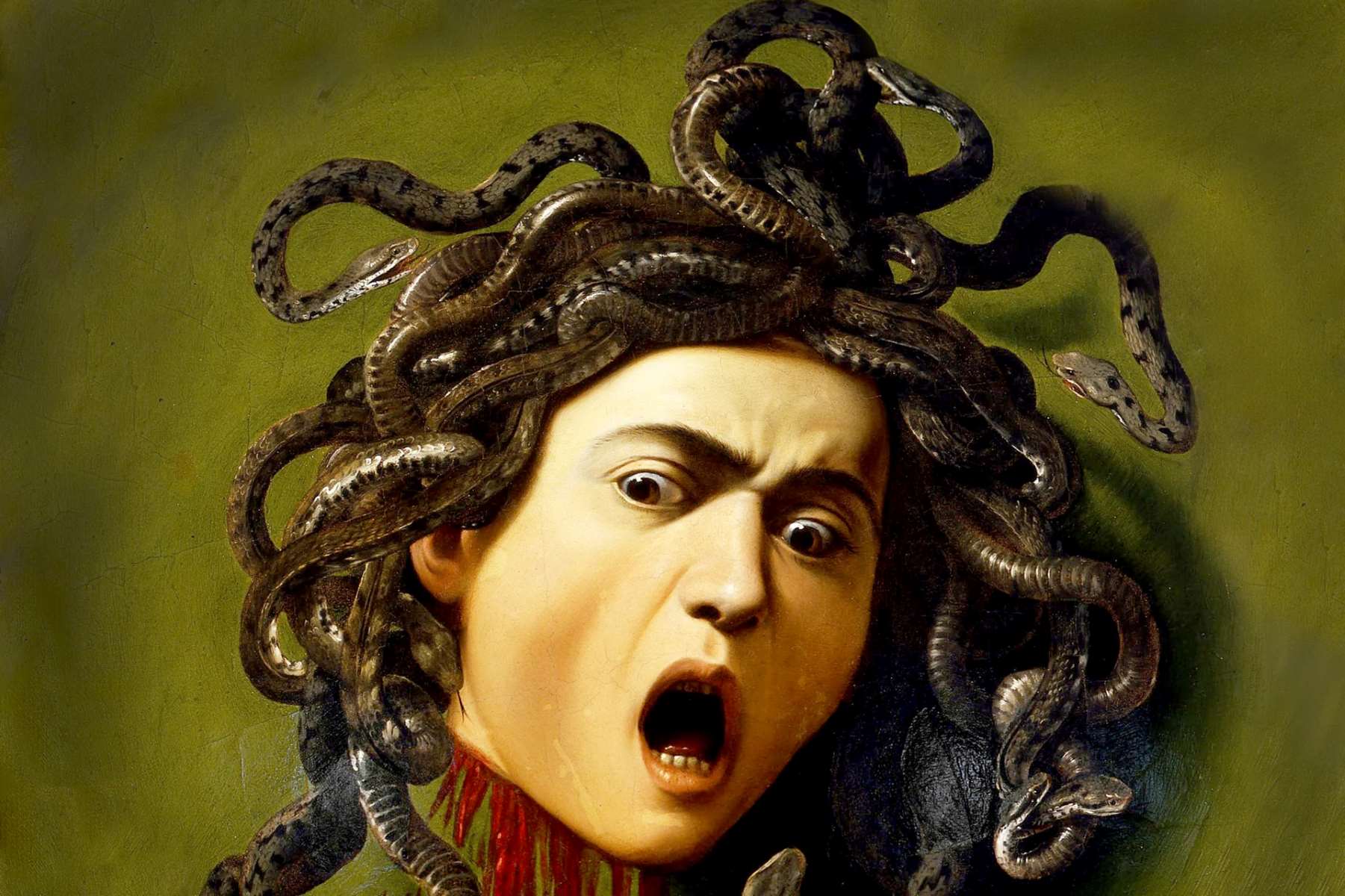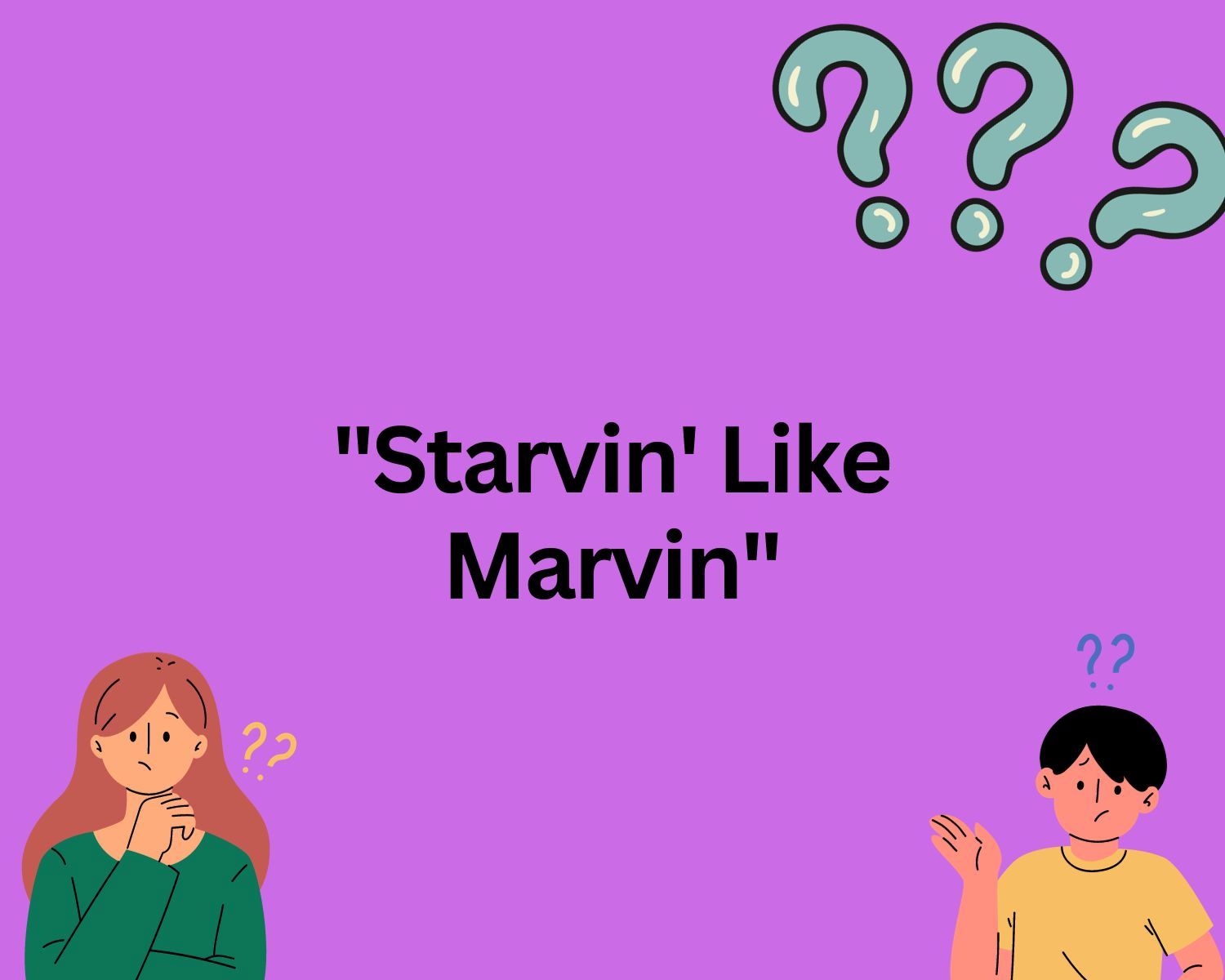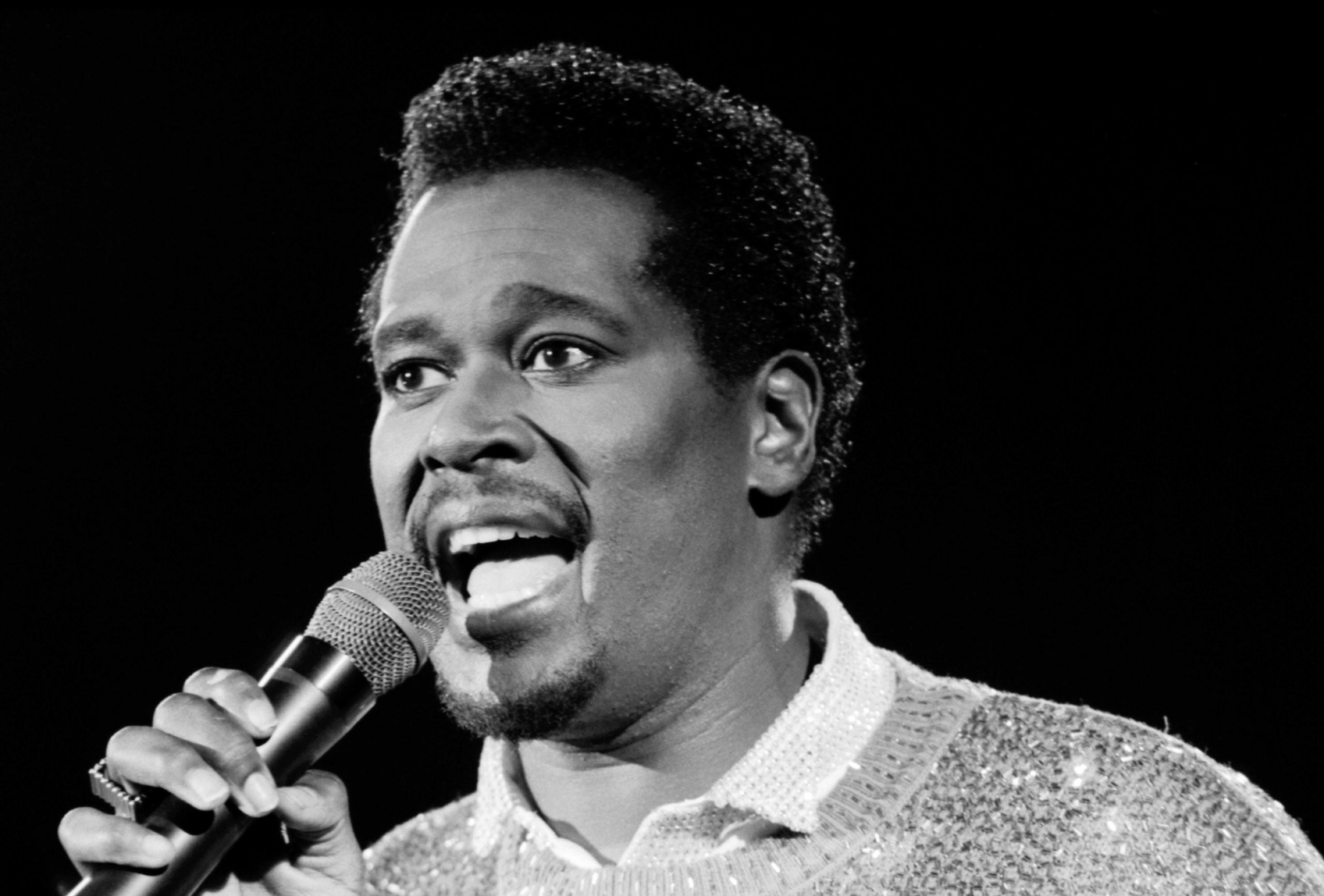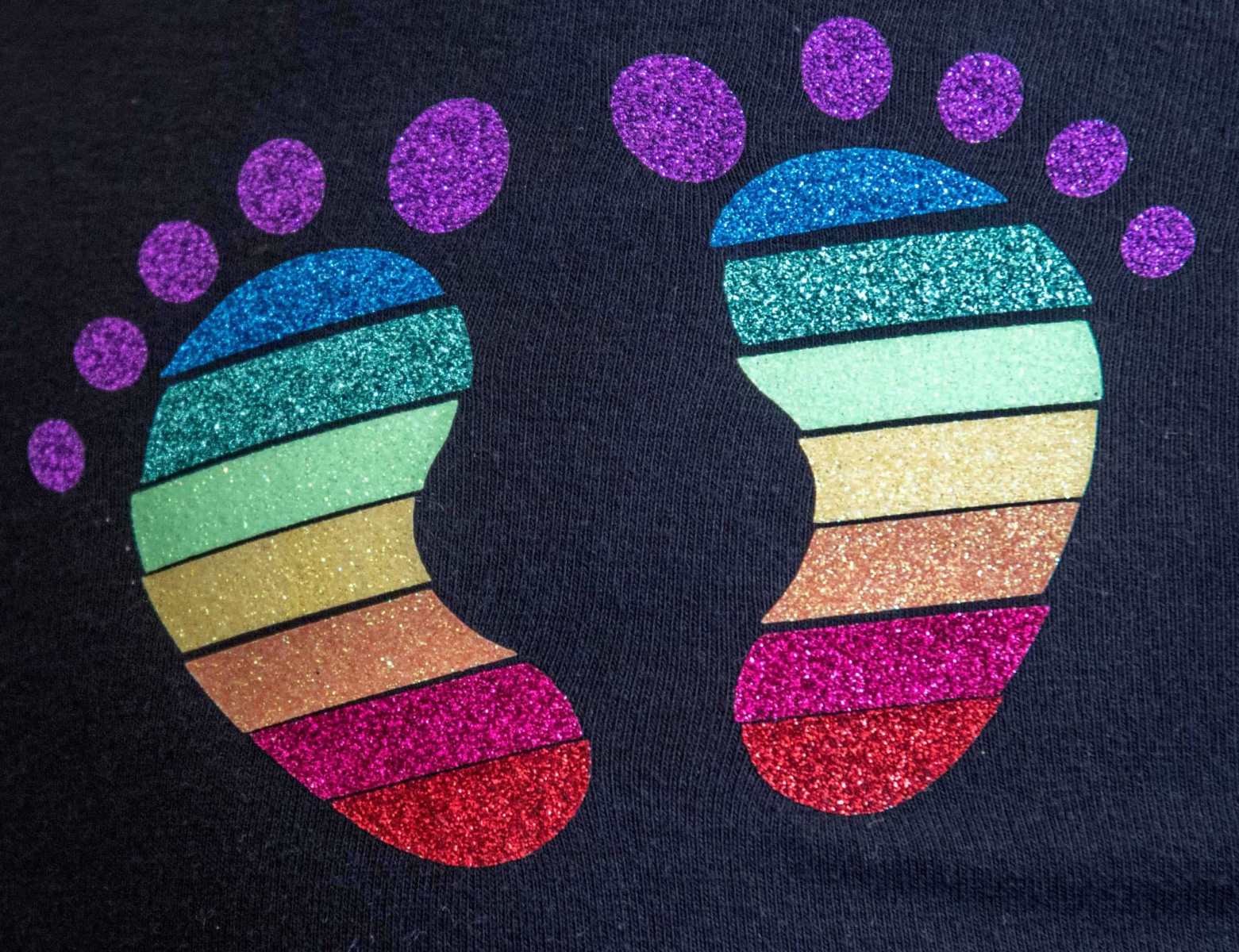Home>History>The Surprising Origin Of The Monkeys And Bananas Stereotype
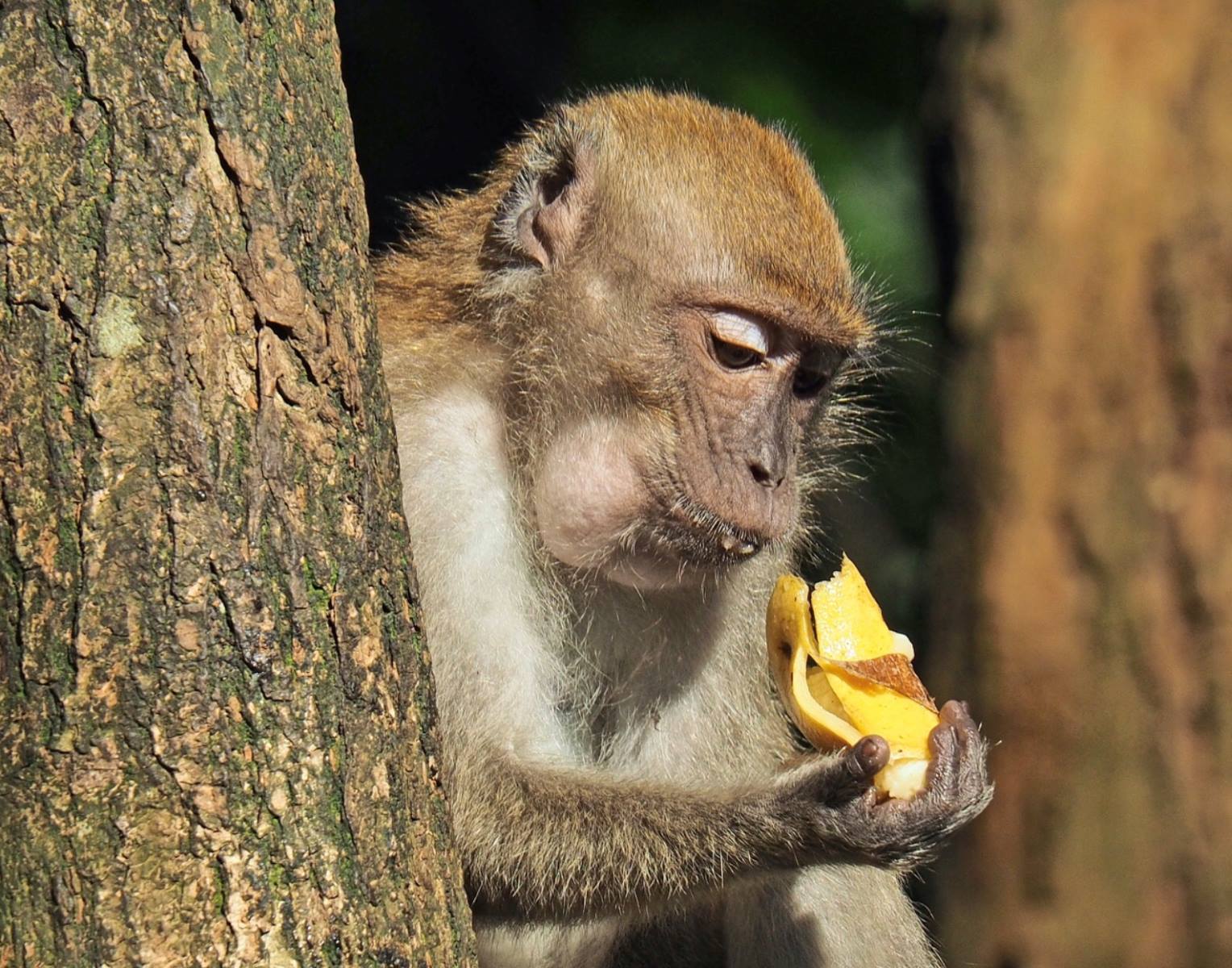

History
The Surprising Origin Of The Monkeys And Bananas Stereotype
Published: January 6, 2024
Uncover the unexpected history behind the monkeys and bananas stereotype in this fascinating exploration of cultural origins. Discover the surprising roots of this enduring symbol.
(Many of the links in this article redirect to a specific reviewed product. Your purchase of these products through affiliate links helps to generate commission for Regretless.com, at no extra cost. Learn more)
Table of Contents
Introduction
The monkeys and bananas stereotype is a pervasive and often misunderstood cultural trope that has deep historical roots. This stereotype, which portrays monkeys as mischievous and bananas as their favorite food, has been utilized in various forms of media and popular culture. While it may appear innocuous on the surface, the origins of this stereotype are intertwined with complex historical and sociocultural factors, making it a subject worthy of exploration.
In this article, we will delve into the intriguing history of the monkeys and bananas stereotype, tracing its evolution from its early roots to its enduring presence in contemporary society. By examining the influence of colonialism and slavery, as well as its portrayal in popular culture, we aim to shed light on the profound impact of this stereotype on societal perceptions and attitudes.
Join us on a journey through time as we unravel the surprising origins of the monkeys and bananas stereotype, gaining a deeper understanding of its significance and implications in today's world.
The History of the Monkeys and Bananas Stereotype
The monkeys and bananas stereotype has a complex and multifaceted history that spans centuries, intertwining with global exploration, colonialism, and the transatlantic slave trade. The origins of this stereotype can be traced back to the European encounter with the tropics, where the sight of indigenous people consuming bananas and the presence of monkeys in tropical environments left a lasting impression on early explorers and colonizers.
During the age of exploration, European voyagers encountered unfamiliar flora and fauna in the tropical regions they visited. The sight of monkeys in lush, tropical landscapes, often depicted alongside banana plants, became emblematic of these exotic locales. This visual association laid the groundwork for the eventual stereotype that linked monkeys with bananas, perpetuating a simplistic and reductionist view of tropical environments and their inhabitants.
As European powers expanded their colonial empires, the portrayal of indigenous peoples in the colonies became intertwined with the monkeys and bananas stereotype. This association often depicted indigenous individuals as primitive and closely linked to nature, much like the monkeys that inhabited their surroundings. The consumption of bananas, a staple food in many tropical regions, further solidified the connection between indigenous people and this tropical fruit, perpetuating a reductive and dehumanizing stereotype.
The transatlantic slave trade further entrenched the monkeys and bananas stereotype, as enslaved individuals from Africa were forcibly brought to the Americas, along with the cultural practices and foods they brought with them. Bananas, native to Africa and introduced to the Americas via the slave trade, became associated with the enslaved population, reinforcing the stereotype that linked people of African descent with monkeys and bananas.
This historical context underscores the deeply ingrained nature of the monkeys and bananas stereotype, which has persisted through the centuries and continues to influence perceptions and representations of marginalized groups. The stereotype's origins in colonial encounters and the transatlantic slave trade highlight the insidious ways in which it has been used to dehumanize and marginalize certain populations, perpetuating harmful and inaccurate portrayals that have far-reaching implications in contemporary society.
The Influence of Colonialism and Slavery
The monkeys and bananas stereotype was significantly influenced by the era of colonialism and the transatlantic slave trade. As European powers expanded their reach across the globe, the encounter with unfamiliar cultures and environments led to the formation of oversimplified and dehumanizing stereotypes, including the association of monkeys with bananas and indigenous peoples.
Colonial explorers and settlers encountered tropical environments teeming with exotic flora and fauna, including monkeys and banana plants. These encounters, often depicted in art and literature of the time, contributed to the establishment of a visual and cultural link between monkeys and bananas, perpetuating the stereotype as a symbol of the exotic and the primitive.
Furthermore, the portrayal of indigenous peoples in the colonies as closely connected to nature and lacking in civilization reinforced the monkeys and bananas stereotype. Indigenous individuals were often depicted in a manner that dehumanized and exoticized them, aligning them with the natural world and, by extension, the monkeys that inhabited it. This reductionist portrayal served to justify colonial domination and exploitation, perpetuating harmful and inaccurate representations of indigenous cultures.
The transatlantic slave trade further entrenched the monkeys and bananas stereotype, particularly in the context of the African diaspora. Enslaved individuals from Africa were forcibly brought to the Americas, bringing with them their cultural practices and foods, including bananas. The association of bananas with the enslaved population reinforced the stereotype, linking people of African descent with monkeys and perpetuating dehumanizing and racist imagery.
The enduring legacy of colonialism and slavery in shaping the monkeys and bananas stereotype underscores the deep-seated impact of historical exploitation and oppression on cultural perceptions and representations. The stereotype's origins in these historical injustices serve as a stark reminder of the enduring legacy of colonialism and slavery, and the pervasive influence of these systems on contemporary societal attitudes and prejudices.
The Evolution of the Stereotype in Popular Culture
The monkeys and bananas stereotype has permeated popular culture, manifesting in various forms across different media platforms and artistic expressions. Its evolution in popular culture reflects the enduring impact of historical narratives and societal perceptions, perpetuating and reinforcing the stereotype in contemporary contexts.
In early popular culture, visual and literary representations often depicted monkeys alongside bananas, portraying them as mischievous and primitive creatures. These depictions contributed to the solidification of the stereotype, perpetuating simplistic and dehumanizing associations between monkeys, bananas, and certain human populations. Such portrayals were prevalent in colonial-era art, literature, and visual media, further embedding the stereotype in the public consciousness.
As popular culture evolved, the monkeys and bananas stereotype found its way into cartoons, films, and advertising, where it was often used for comedic effect. Monkeys, frequently shown interacting with bananas in playful or chaotic scenarios, became a recurring motif in entertainment media. While seemingly lighthearted, these portrayals perpetuated the stereotype, reinforcing simplistic and reductionist views of certain cultures and perpetuating harmful associations between monkeys, bananas, and specific human groups.
In contemporary popular culture, the monkeys and bananas stereotype continues to surface in various forms, often in subtle and insidious ways. From advertising imagery to internet memes, the stereotype persists, perpetuating harmful and inaccurate representations of marginalized communities. While some may view these manifestations as harmless or even humorous, they contribute to the perpetuation of deeply ingrained prejudices and misconceptions, reinforcing harmful stereotypes and perpetuating the dehumanization of certain groups.
The evolution of the monkeys and bananas stereotype in popular culture reflects the enduring influence of historical narratives and societal attitudes. Its presence across diverse forms of media underscores the pervasive nature of the stereotype and its lasting impact on cultural perceptions. By critically examining its evolution in popular culture, we gain insight into the ways in which historical stereotypes continue to shape contemporary representations and contribute to the perpetuation of harmful narratives.
The Impact of the Stereotype on Society
The monkeys and bananas stereotype has exerted a profound and pernicious influence on societal perceptions, contributing to the perpetuation of harmful narratives and the reinforcement of dehumanizing stereotypes. This enduring stereotype, rooted in colonial encounters and the transatlantic slave trade, continues to shape societal attitudes and behaviors, impacting marginalized communities in significant ways.
One of the most insidious impacts of the monkeys and bananas stereotype is its contribution to the dehumanization and marginalization of certain populations. By perpetuating simplistic and reductionist views of specific cultures and ethnic groups, the stereotype reinforces harmful associations between monkeys, bananas, and people of African or indigenous descent. This perpetuation of dehumanizing imagery contributes to the erosion of empathy and understanding, fostering an environment where discriminatory attitudes and prejudices can persist.
Furthermore, the monkeys and bananas stereotype has implications for the representation and portrayal of marginalized communities in media and popular culture. Its pervasive presence in visual and literary expressions perpetuates harmful and inaccurate narratives, shaping the way these communities are viewed and understood by society at large. By reducing complex and diverse cultures to simplistic and often derogatory associations, the stereotype hinders the recognition of the rich histories and contributions of these communities, perpetuating harmful misconceptions and reinforcing existing power imbalances.
The impact of the stereotype extends beyond cultural representation, influencing interpersonal interactions and societal dynamics. The perpetuation of dehumanizing imagery and associations can contribute to the normalization of discriminatory attitudes and behaviors, perpetuating systemic inequalities and hindering efforts towards equity and social justice. The monkeys and bananas stereotype, in its subtle and overt manifestations, has the potential to shape perceptions and attitudes, contributing to the perpetuation of harmful power dynamics and the marginalization of certain groups within society.
In recognizing the pervasive impact of the monkeys and bananas stereotype, it becomes evident that its influence extends far beyond the realm of cultural representation. Its implications for societal attitudes, interpersonal dynamics, and systemic inequalities underscore the urgent need to critically examine and challenge the perpetuation of harmful stereotypes. By acknowledging the far-reaching impact of this stereotype, we can work towards fostering a more inclusive and empathetic society, one that rejects dehumanizing narratives and embraces the richness and diversity of human experiences.
Conclusion
In conclusion, the monkeys and bananas stereotype, with its surprising and deeply entrenched origins, serves as a poignant reminder of the enduring impact of historical narratives on contemporary societal perceptions. From its roots in colonial encounters and the transatlantic slave trade to its evolution in popular culture, this stereotype has perpetuated harmful and dehumanizing narratives, shaping the way marginalized communities are perceived and represented.
The historical context of the stereotype, intertwined with colonialism and slavery, underscores the insidious ways in which it has been used to dehumanize and marginalize certain populations. The visual and cultural associations between monkeys, bananas, and indigenous or African-descended individuals have perpetuated harmful and reductionist views, contributing to the erosion of empathy and understanding.
Furthermore, the stereotype's pervasive presence in popular culture has perpetuated harmful and inaccurate narratives, shaping societal attitudes and reinforcing existing power imbalances. Its impact extends beyond cultural representation, influencing interpersonal interactions and contributing to the perpetuation of systemic inequalities.
By critically examining the monkeys and bananas stereotype, we gain insight into the ways in which historical stereotypes continue to shape contemporary representations and contribute to the perpetuation of harmful narratives. It is imperative to challenge the perpetuation of such stereotypes and work towards fostering a more inclusive and empathetic society, one that rejects dehumanizing narratives and embraces the richness and diversity of human experiences.
In confronting the legacy of the monkeys and bananas stereotype, we have the opportunity to dismantle harmful narratives and foster a more equitable and compassionate society. By acknowledging the profound impact of historical injustices on contemporary perceptions, we can strive towards a future where stereotypes are dismantled, and all individuals are recognized and celebrated for their complexity, resilience, and contributions to the tapestry of human experience.
